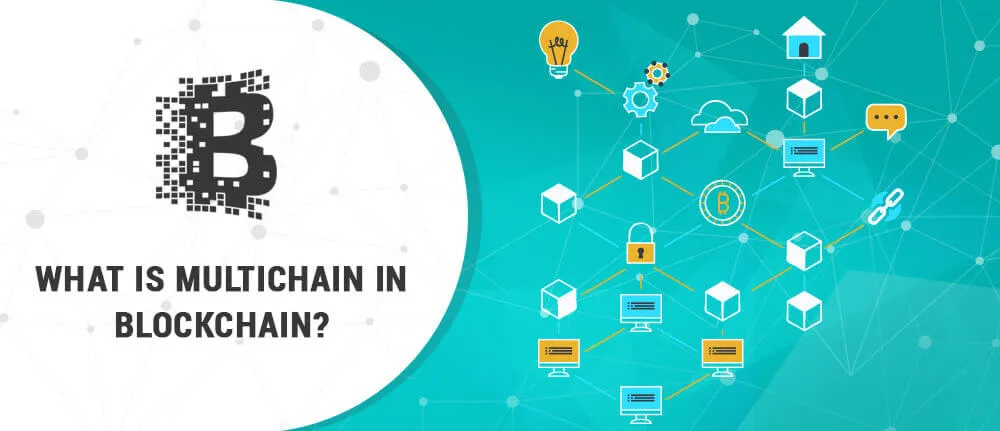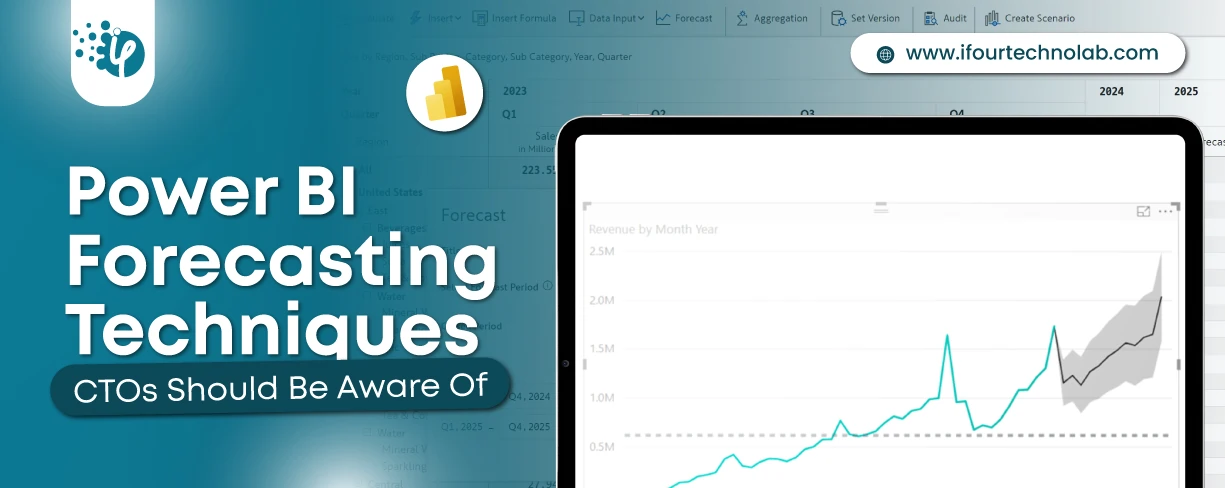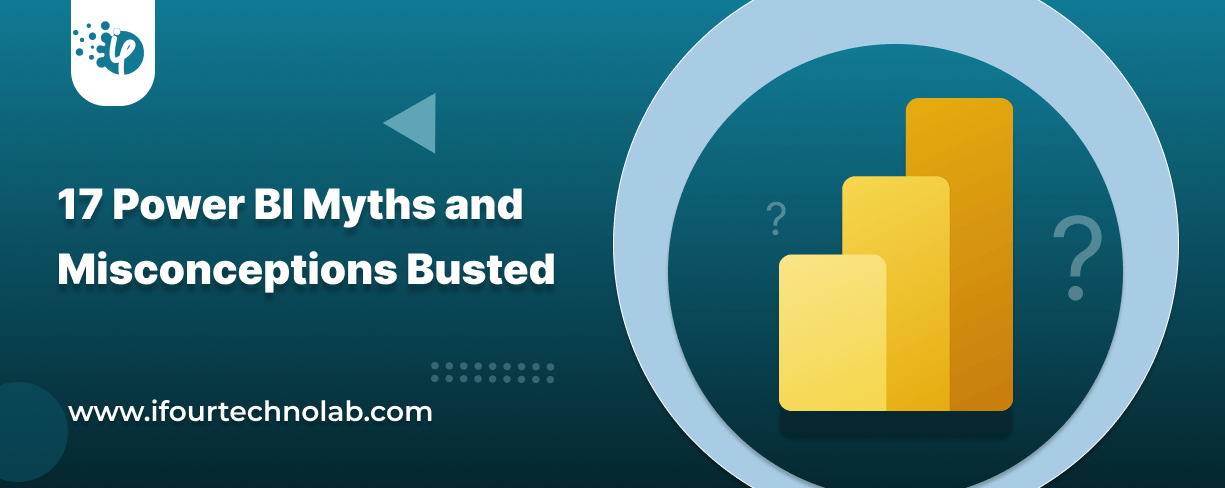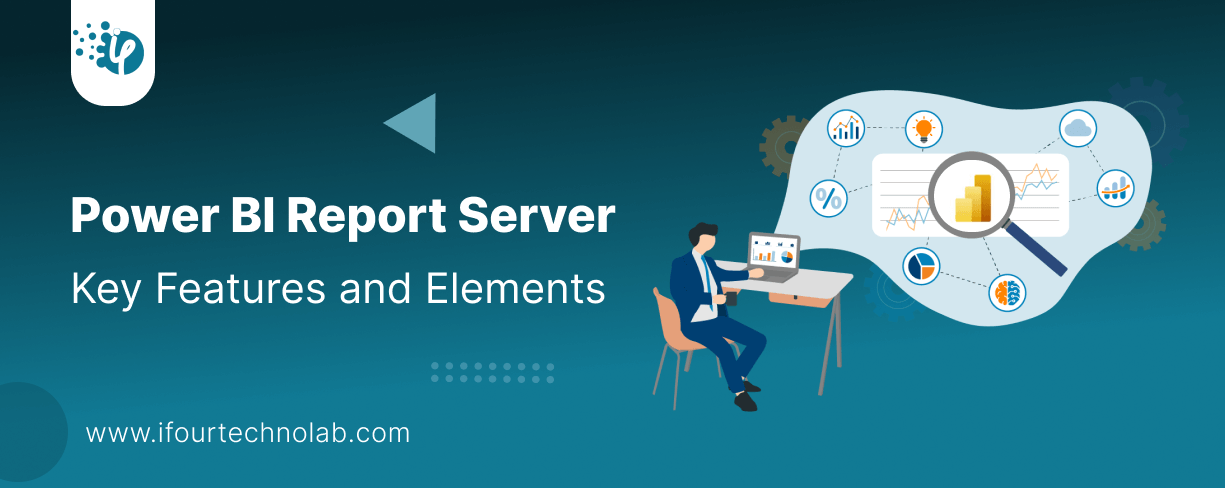How to Do Forecasting in Power BI (Steps & Accuracy Metrics)
Remember our last guide - Power BI forecasting? It revealed things that truly blocks accuracy, both structural and situational. Now it's time to take the next step. Knowing Power...
Listening is fun too.
Straighten your back and cherish with coffee - PLAY !

There is another new features include blockchain parameter upgrading, assets and custom permissions, inline metadata and a binary cache for dealing with large pieces of data.
MultiChain technology is a platform that helps Custom Blockchain development companies to set up some private blockchains that can be used by financial transaction organizations. MultiChain gives us with a simple API and a command line interface. This helps preserve the chain and set it up.
The visibility of the Blockchain should always be actively maintained within the selected participants in order to avoid confusion in order to ensure stability and control over which transaction exists. With the help of proof of work and the costs associated with it, the mining process can be done more safely.
Native multi-currency support
Expected to be faster than Bitcoin
Permissioned management
Quick deployments
Multichain support various languages JavaScript, Python, C#, PHP
The MultiChain hand-shaking process takes place when the nodes in a blockchain connect with each other.
When two Blockchain nodes connect, MultiChain occurs. Each node's identity is represented by an address with a permissions list.
Consequently, each node it represents sends a message to the other users. If they do not receive satisfactory results from the process, the P2P connection will abort.
The MultiChain defines miners for an identifiable set of entities. It introduces a criterion known as mining diversity that binds 0<= mining diversity <= 1.
Block's effectiveness can be verified by doing the following:
This file contains the entire configuration as follows:
Multi chain fork solutions:

Remember our last guide - Power BI forecasting? It revealed things that truly blocks accuracy, both structural and situational. Now it's time to take the next step. Knowing Power...

Did you know that 70% of CTOs (Chief Technology Officers) hesitate to adopt Microsoft Power BI because of its myths and misconceptions that float around. What they fail to see is...

Every CTO knows the struggle of managing complex reports. The inefficiency of scattered data, the constant juggling between reporting tools, the challenge of ensuring accurate KPIs...